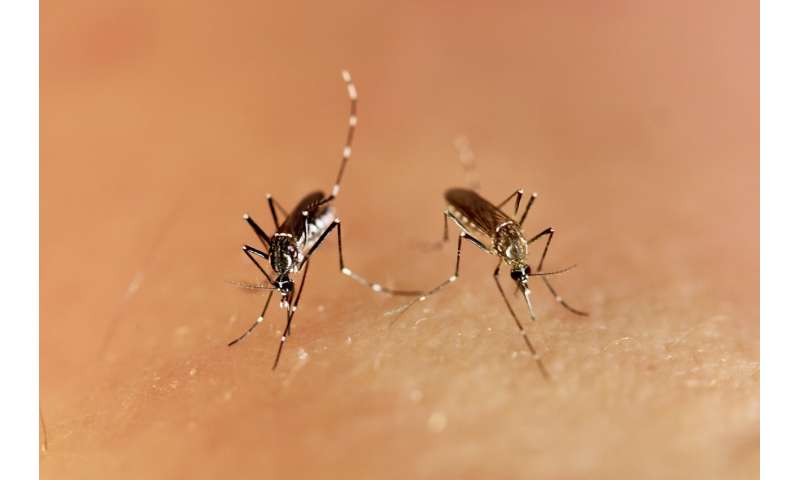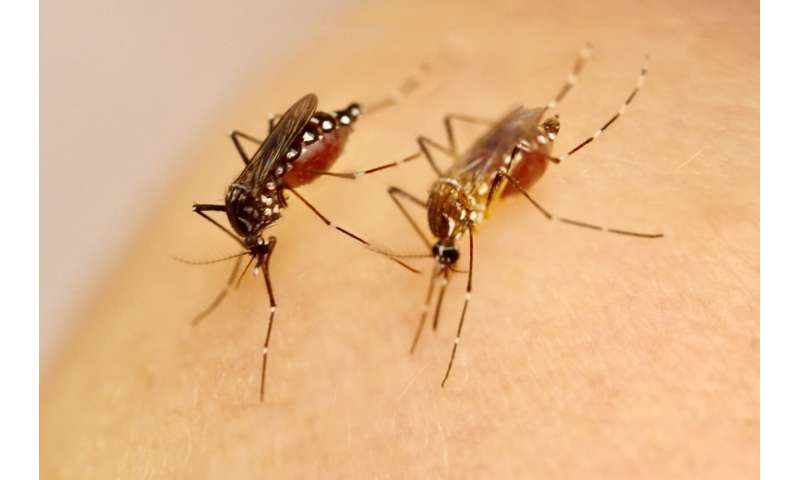
The Zika virus has spread around the world over the last decade, causing millions of infections, some of which have been associated with congenital abnormalities and neurological disorders.
Scientists from the CNRS, the Institut Pasteur, and the IRD turned their attention to the main vector of the virus, the mosquito Aedes aegypti. Between 5,000 and 10,000 years ago, this mosquito species native to Africa gave rise to a human-adapted subspecies that spread to other continents during the last centuries. The invasive subspecies is believed to have become a major vector of viruses, including those responsible for yellow fever and dengue, because of its marked preference for human blood.
By experimentally comparing wild populations of Ae. aegypti from different regions of the globe, the researchers discovered that the invasive subspecies is very effective at transmitting the Zika virus not only because it has more frequent contacts with humans for blood meals, but also as a result of its greater susceptibility to the virus relative to the African subspecies.
These findings, which are published in Science, provide an explanation to the lack of major Zika outbreaks in Africa until now.
They also shed new light on the emergence of the virus and on the regional and continental differences in its public health impact.

Source: Read Full Article
